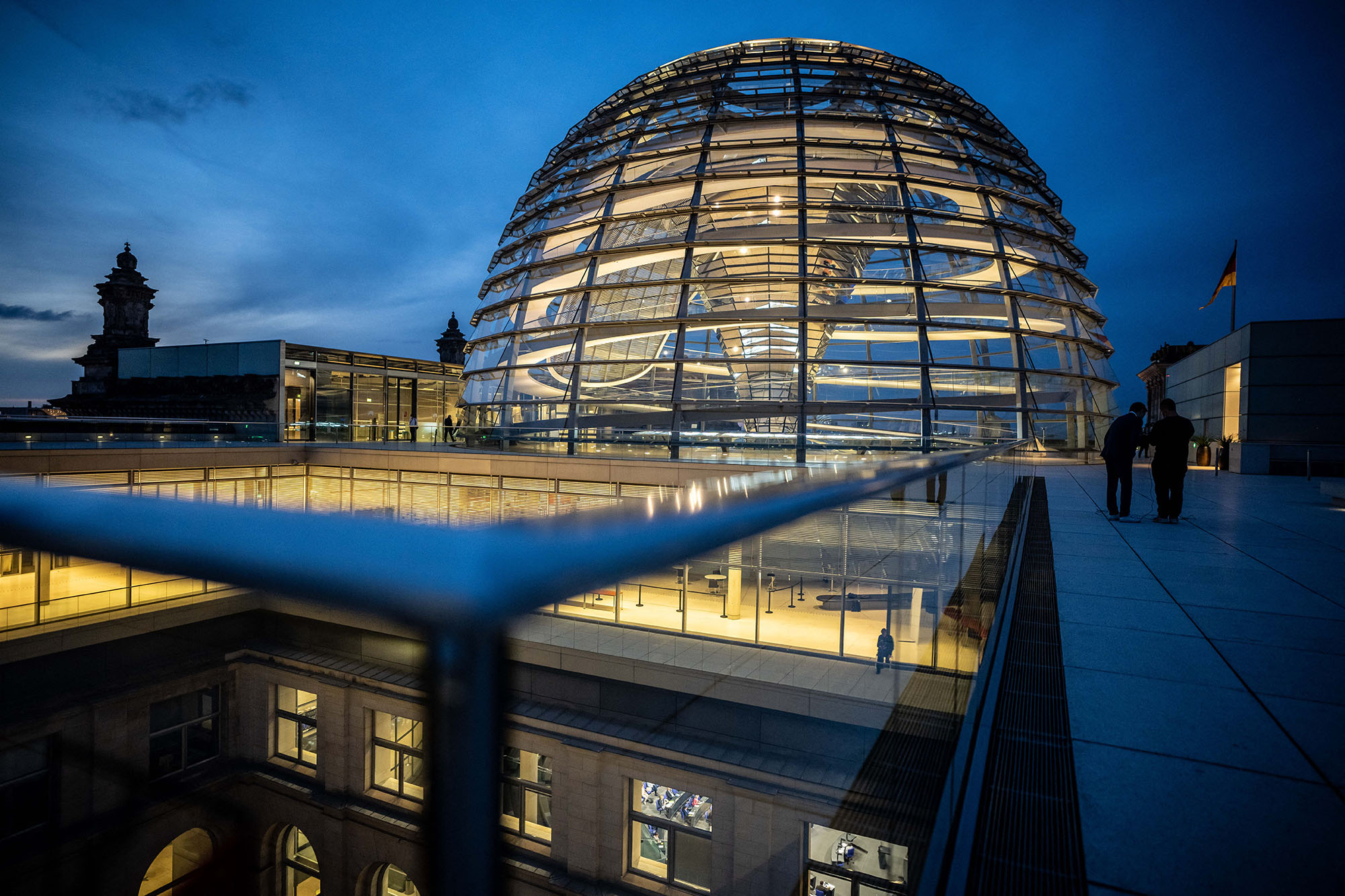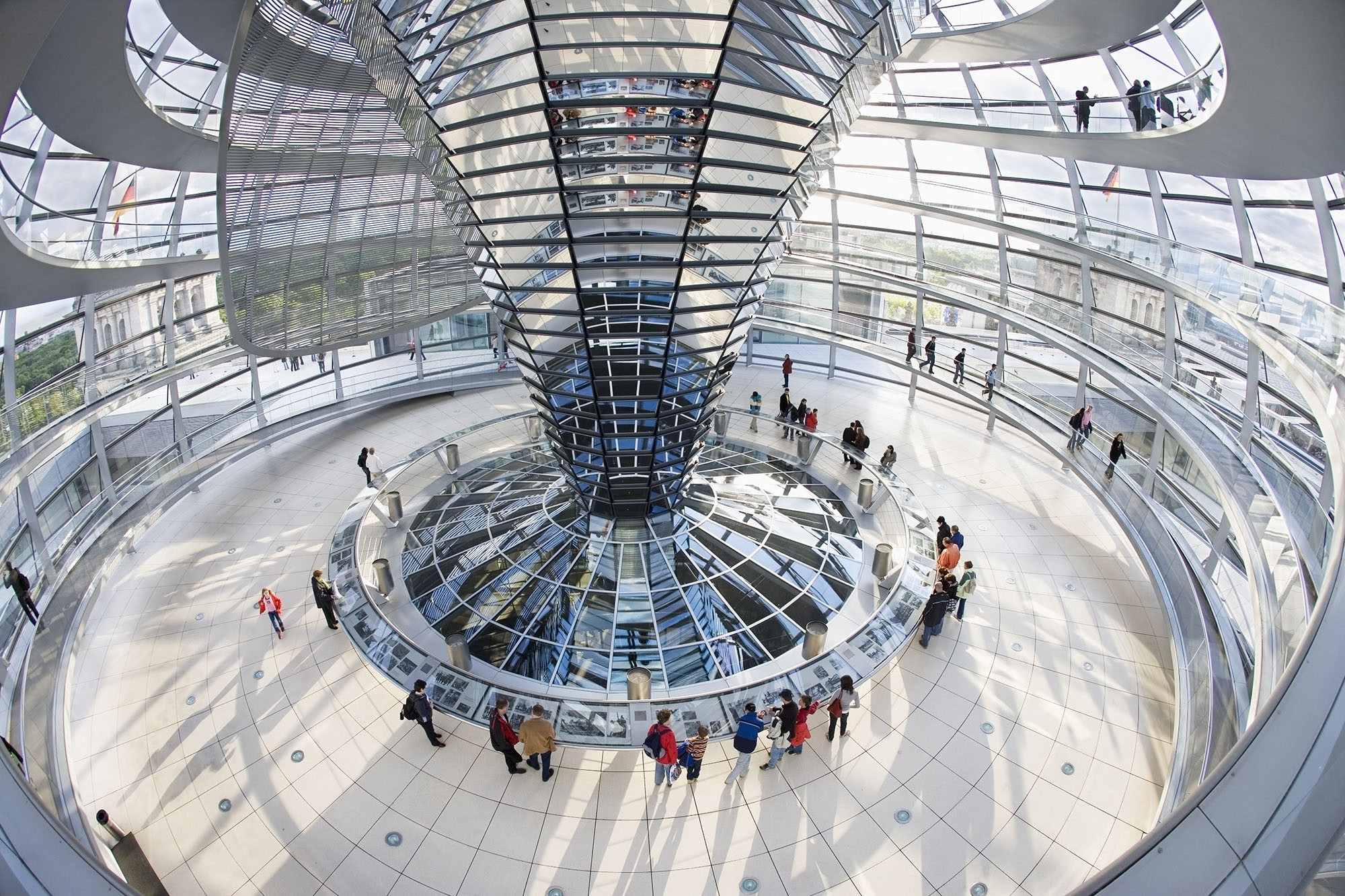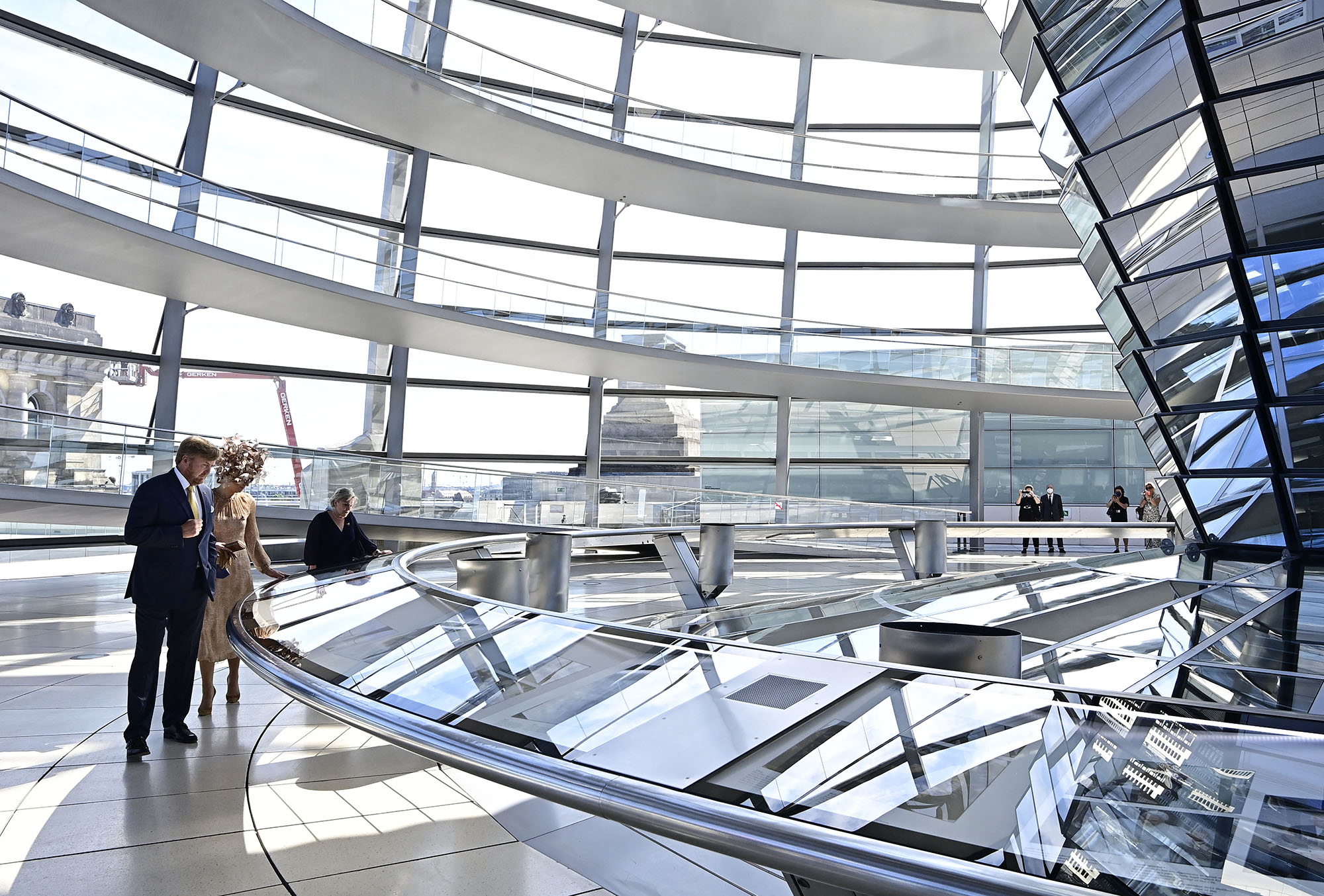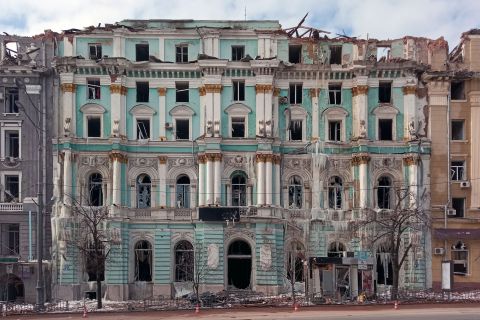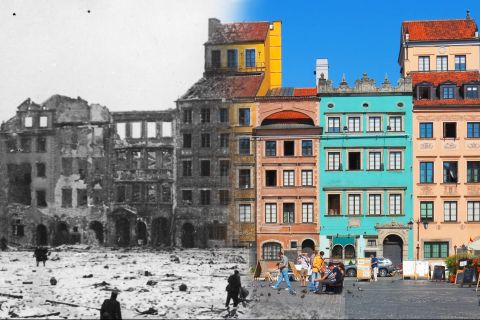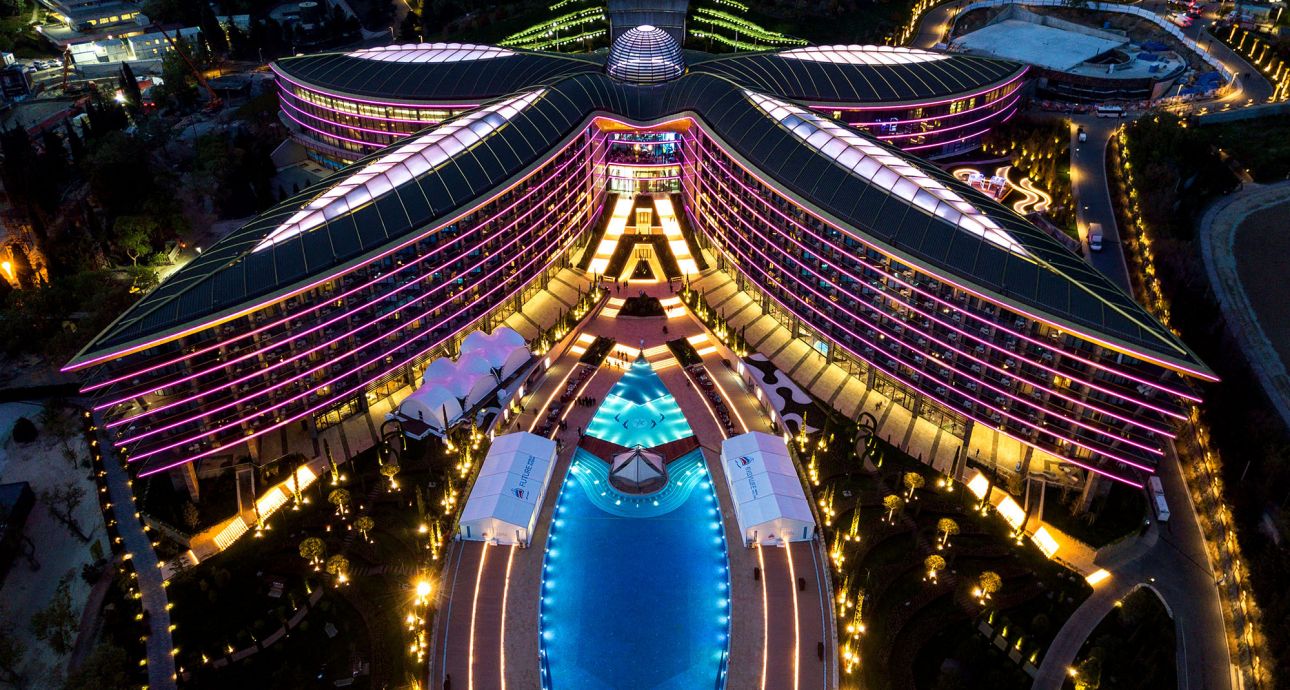
Architect Norman Foster Will Rebuild Kharkiv. We Figured what Could Go Wrong
Kharkiv is one of the biggest Ukrainian cities which was severely damaged during the full-scale war against Russia. Since the very first day, it has been bombarded, remaining to be a dangerous place up till now. The biggest destruction was brought upon uptown, in the Northern Saltivka, while in general around 3.5 thousand buildings were destroyed throughout the city. City Mayor Ihor Terekhov has mentioned the Kharkiv reconstruction ever since the first weeks of war, and he eventually invited Norman Foster to undertake this task. We found out who Norman is and whether it all is a good idea.
Who is Norman Foster?
He is one of the most famous British architects, a
the most prestigious award is the field of architecture
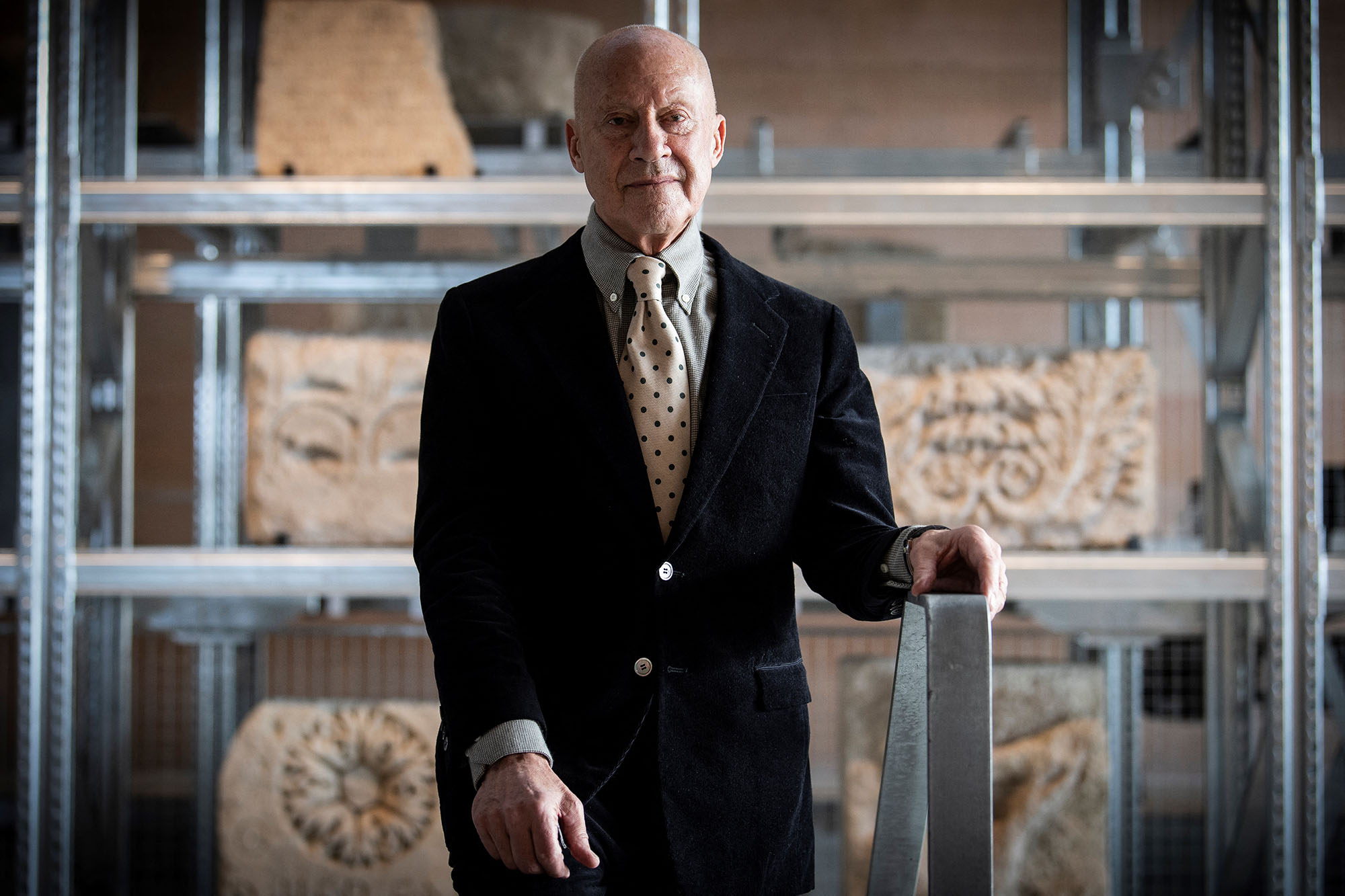
Norman Foster. Photo: Lionel Bonaventure / AFP
Foster’s architecture, particularly that of the early days, is classified to be of high-tech or constructive expressionism style. The focus in such buildings is usually put on the constructive elements — pillars, beams, panes etc. — which are made in a unique or unusual form, or built outwards.
The most significant projects by the Foster’s studio are: a skyscraper in London dubbed Gherkin due to its form, the circle-like Apple headquarters, a Hong Kong HSBC Bank Building as one of the most expensive buildings at the time, the London City Hall, the largest viaduct — Millau in France.
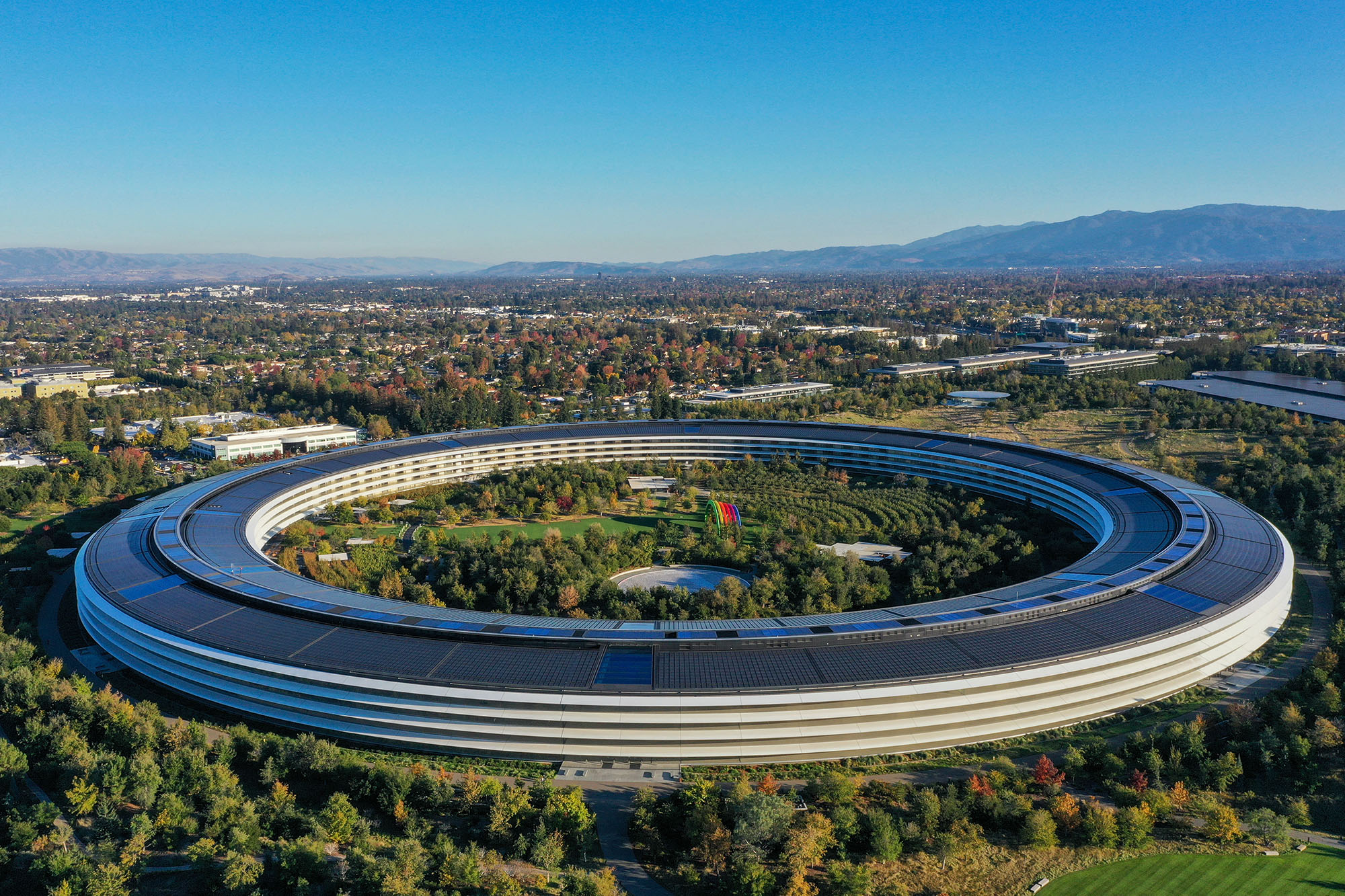
Apple headquarters in California. Photo: Tayfun CoЕџkun / Anadolu Agency / AFP
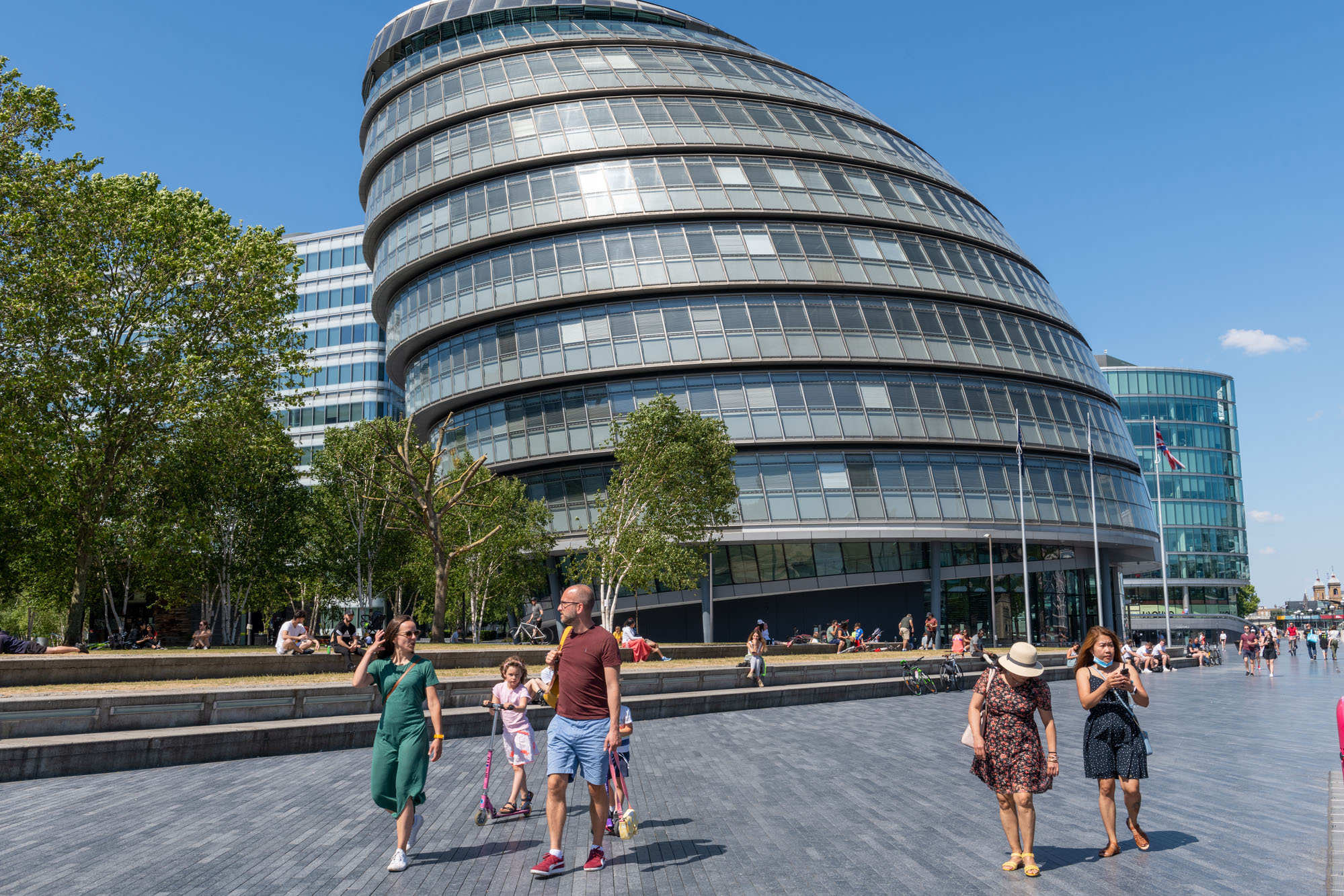
London City Hall. Photo: Depositphotos
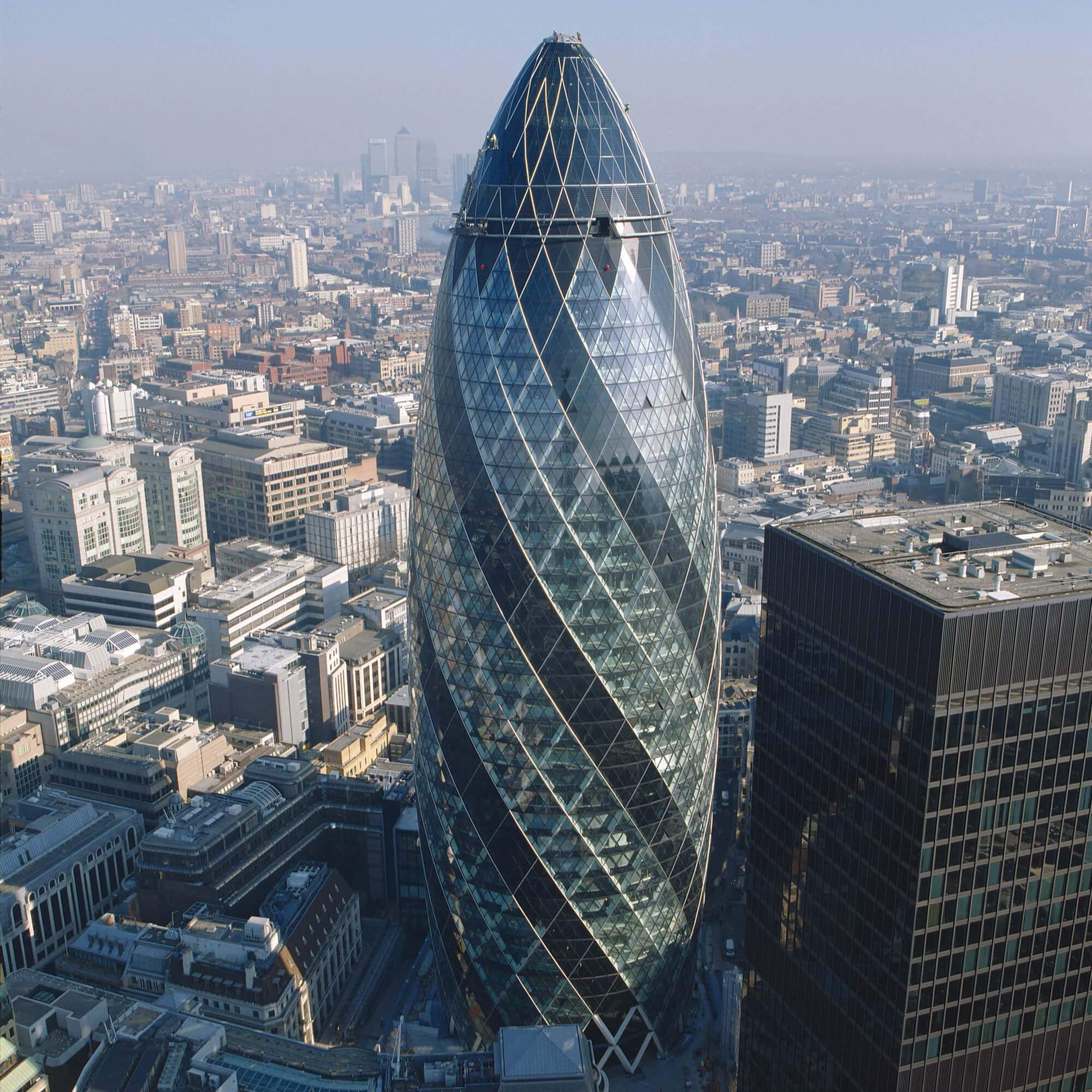
Gherkin skyscraper. Photo: Foster and Partners
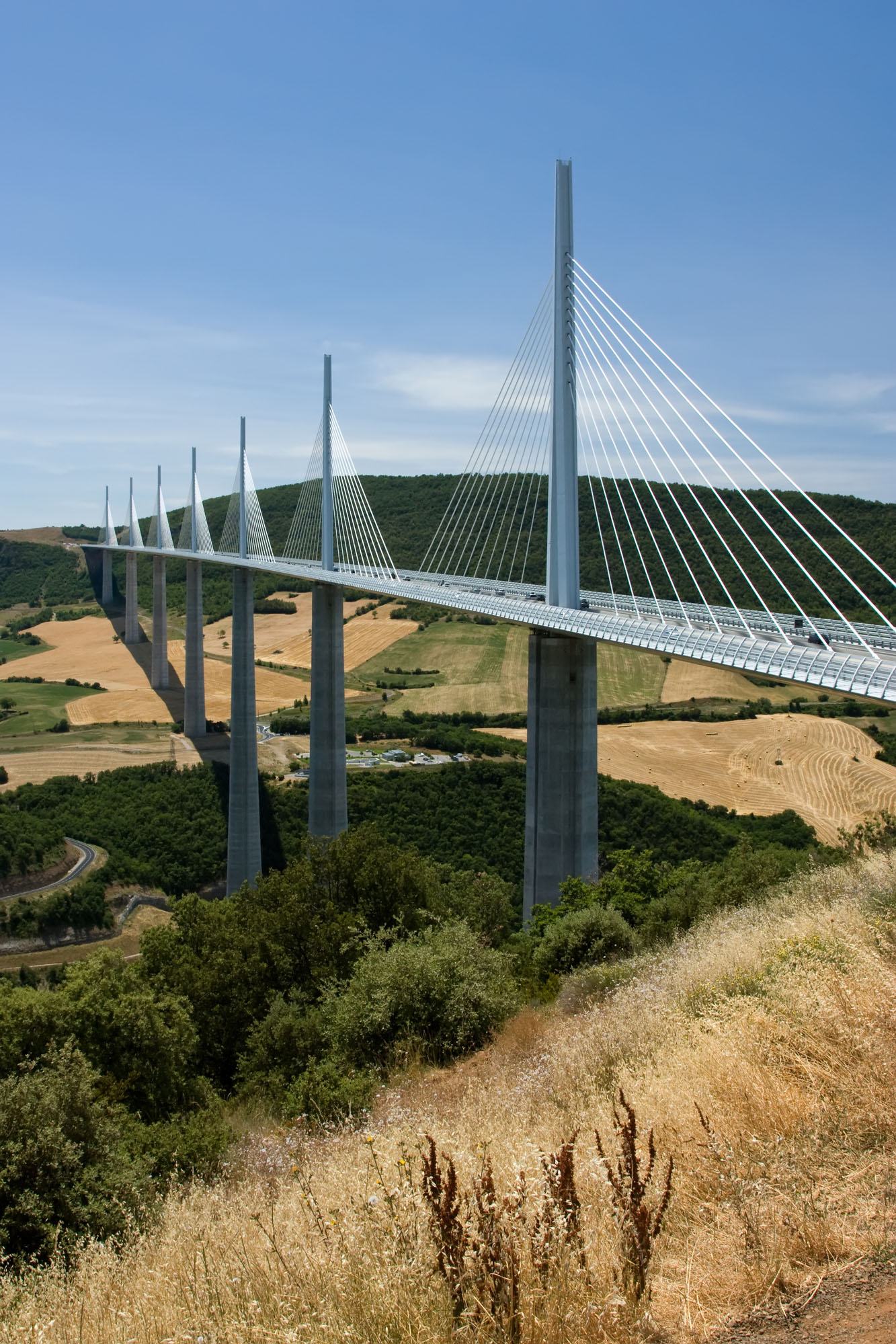
Viaduct Millau. Photo: Depositphotos
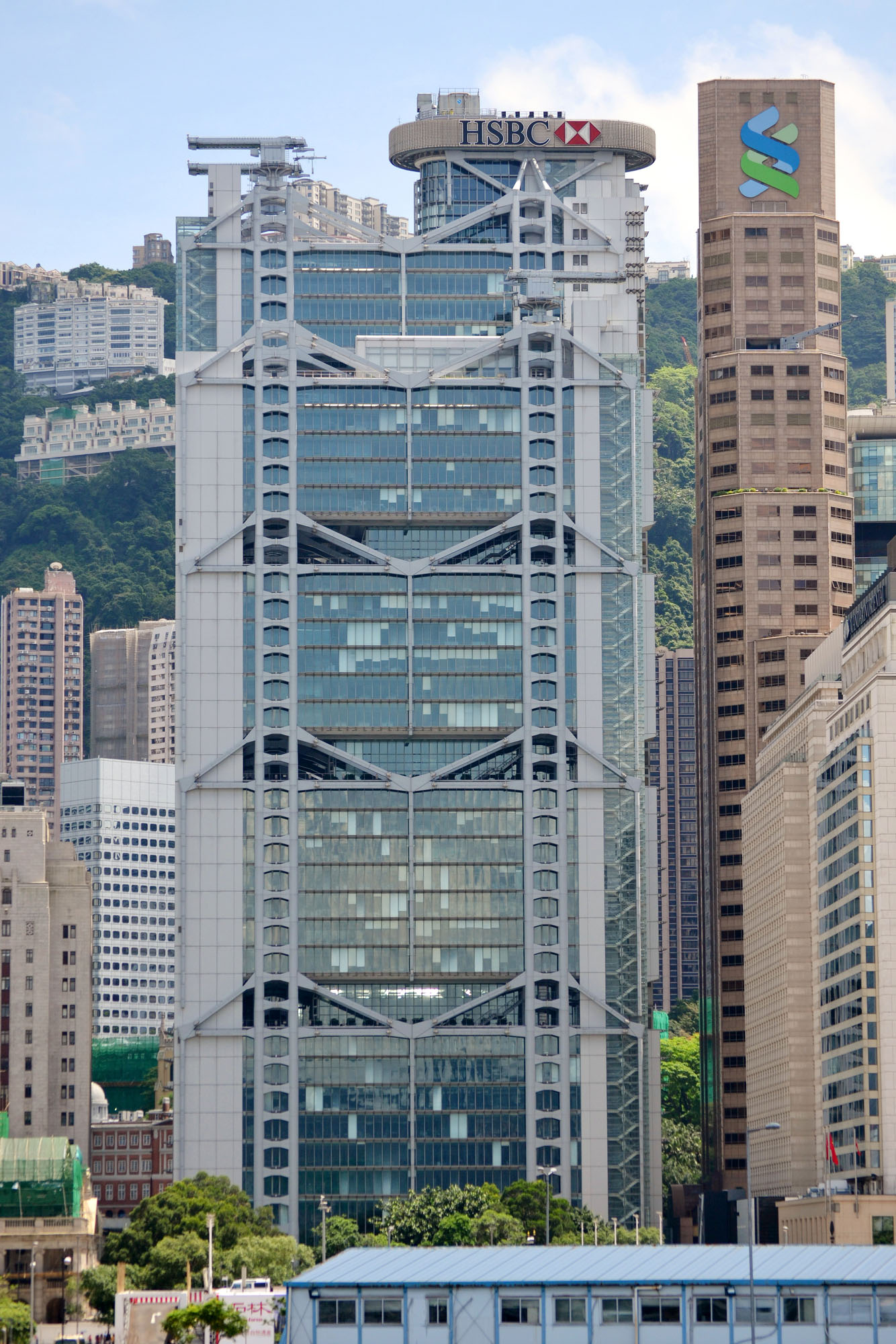
HSBC Bank Building in Hong Kong. Photo: Depositphotos
Foster supports Ukraine and refused to work with Russia after the full-scale war has started, but he used to work there before that. A building he drafted opened in Yekaterinburg in 2021, he also designed the “Russia” skyscraper in Moscow.
Foster has been knighted by the British Crown and is now a Baron.
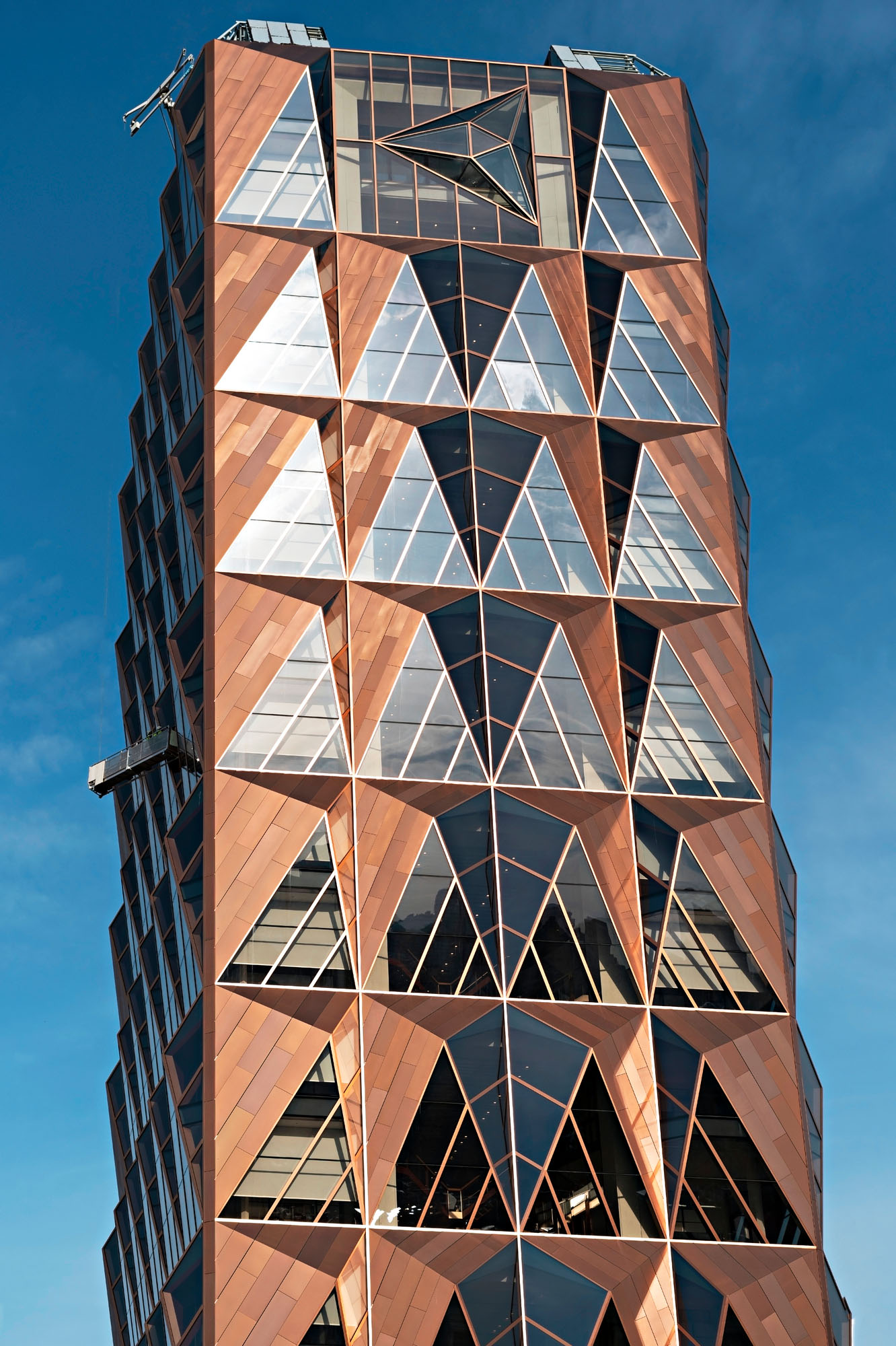
Office building in Yekaterinburg. Photo: Depositphotos
Why was he appointed to help restore Kharkiv?
It should be noted that Foster was not commissioned as a private architect. The fact is that Norman Foster is a regular participant in the United Nations International Forum of Mayors, which was set up in 2020 to share experiences during the coronavirus pandemic. The Briton spoke at the forum as a president of the Norman Foster Foundation, a foundation he founded for research and education in urban planning, architecture and engineering. It was during the Mayors’ Forum on April 4 that Ihor Terekhov, who was present at the event, asked Foster to assist in rebuilding the city after the war. The latter said he would do everything in his power to do so. And on April 28 he presented a speech at the UN: he is ready to help in the reconstruction of Kharkiv, bringing along the experts who would work with the local architects. Foster also spoke about this in his short manifesto on the Kharkiv reconstruction.
According to the Norman Foster Foundation message to Bird in Flight, at the end of June they will be ready to showcase their first groundwork, namely the concept of the future master plan of the city. The organization is currently gathering up a pool of specialists to develop it. It is said that this pool would include Ukrainian architects and a German studio (their names aren’t revealed yet), the Spanish branch of Foster + Partners, Oxford professor Ian Goldin, who was director of the Development Bank of Southern Africa and an adviser to Nelson Mandela, and Harvard professor Edward Glaeser, who has been studying cities for many years.
What does Norman Foster know about the war and post-war reconstruction?
The war affected Foster personally: as a child, he survived World War II, including the air raids of Manchester in 1940 and 1941. He talks about this in the documentary “How Much Does Your Building Weigh, Mr. Foster?”
The war affected Foster personally: as a child, he survived the Manchester air raids.
As an architect, he worked on the Reichstag’s postwar restoration. This reconstruction is deemed to be successful. On the one hand, Foster was able to significantly reduce energy consumption in the building and make it functional, and on the other — to put a lot of meaning in it. For example, he preserved the writings of Soviet soldiers on the walls and the bullet holes, built a glass dome over the parliament hall, which is open to visitors: this way, the government’s work became «transparent» and the common people were put «higher» than the government.
Does Norman Foster have any experience in designing entire cities?
Foster’s portfolio has many drafts for large and small urban areas. But there are only two master plans of entire cities.
The first one is a plan for a brand-new settlement of South Sabah al-Ahmad South Sabah al-Ahmad in Kuwait.This place is currently still a desert, a year ago the country’s government began to hold construction tenders there. The future city will function in such a way: it will be a business and cultural centre, encircled by the 10 residential areas containing light industry enterprises. There will be a high density of population, living in different types of housing with what is stated in the plan as “equally high standards of luxury”. The project includes energy-efficient solutions, such as solar panels on roofs and shaded streets. Meanwhile, the idea of social or affordable housing is not included. The city should be built by 2040.
The second project is the UAE Masdar City, which was meant to be fully supplied with energy from the renewable sources (feasible only for hot countries). Masdar has already been partially built and has been operating since 2010. Greenpeace, USA, WWF supported the project as it is directed at the sustainable development. However, the city’s zero-carbon plan has already been proved unrealistic. Masdar is criticized for still remaining half-deserted and providing only for the ultrarich residents. The project is to be completed by 2025.
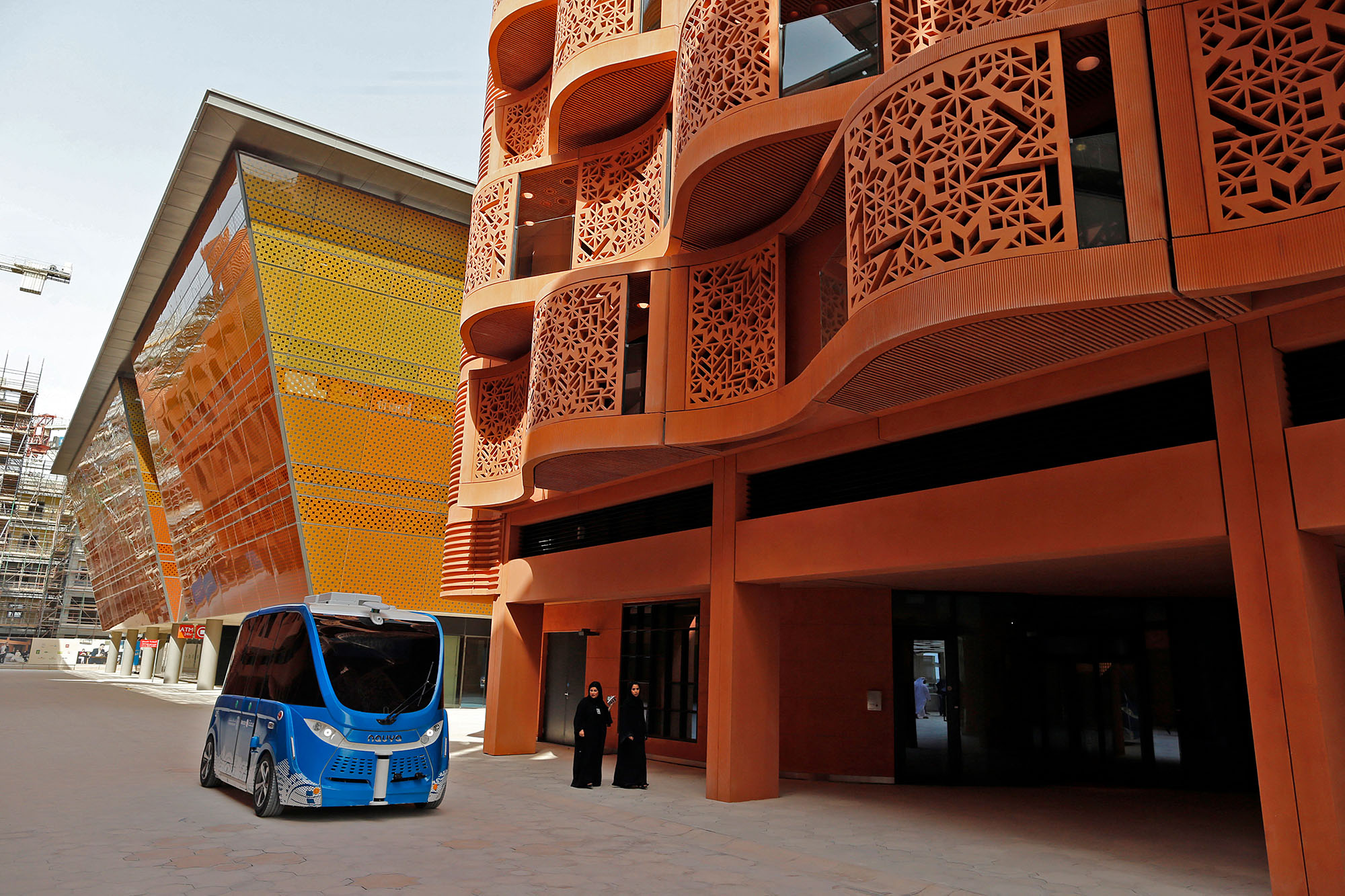
An autopilot vehicle on the streets of Masdar, 2018. Photo: Mahmoud Khaled / AFP
Are there buildings designed by Foster in Ukraine?
There is this five-star Mriya Hotel in the annexed Crimea, which Foster designed for the Sberbank of Russia before 2014. Vladimir Putin visited the construction site in the summer of that year, the hotel opened in the fall of 2014, but now there is no mention of him on the Foster + Partners website. For this project, which cost about $300 million, it was required to demolish a boarding house of the same name in the style of Soviet modernism. The project was led by the Turkish Rixos, hotel chain company, and the construction itself was carried out by a Turkish developer and the Ukrainian company Ukrstalkonstruktsiya.
Foster’s studio also took part in a 2005 tender for the design of a skyscraper at 5, Khreschatyk street, but the contest was never actually carried out.
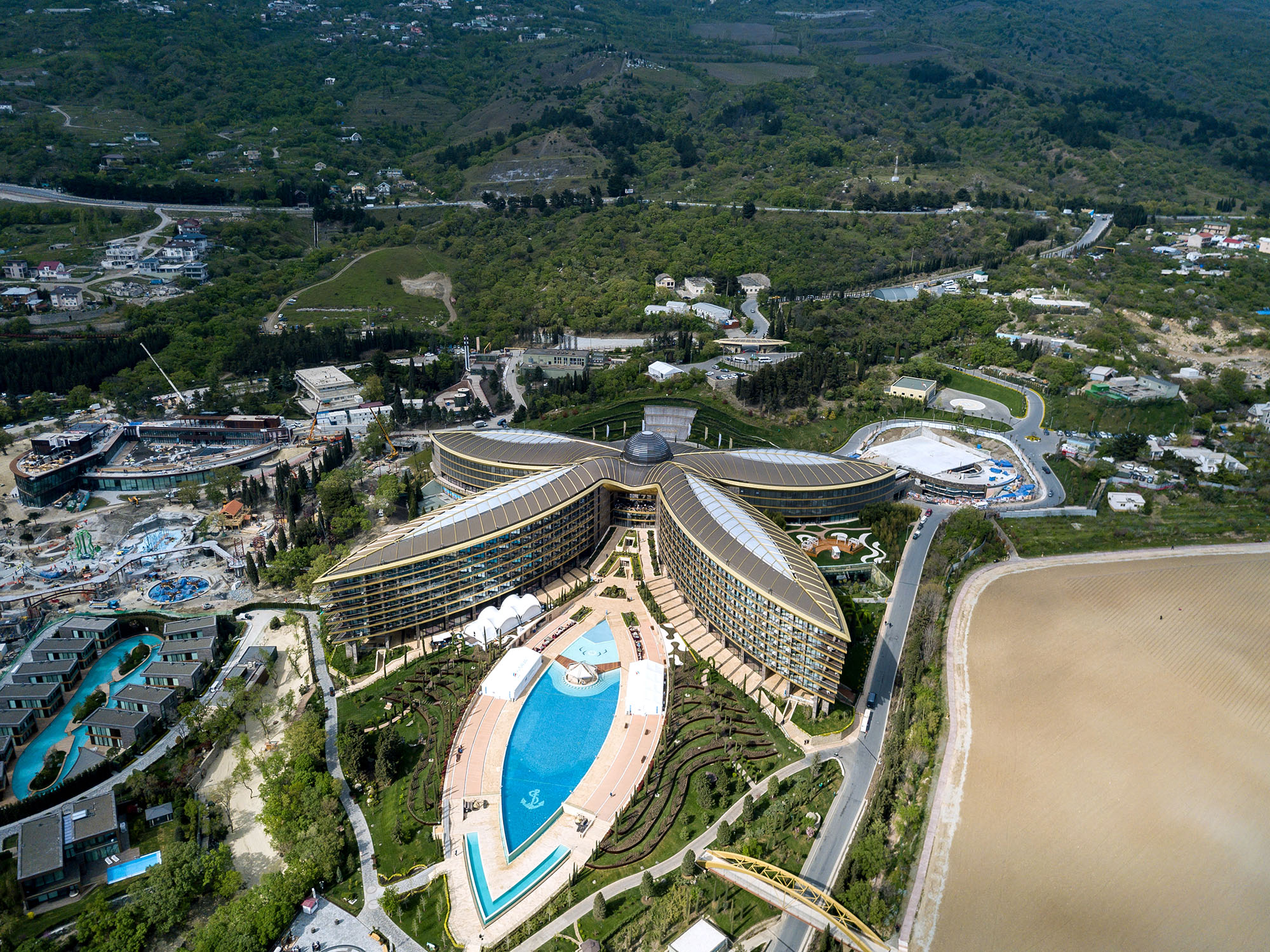
Hotel in Crimea. Photo: Alexey Malgavko / Sputnik / AFP
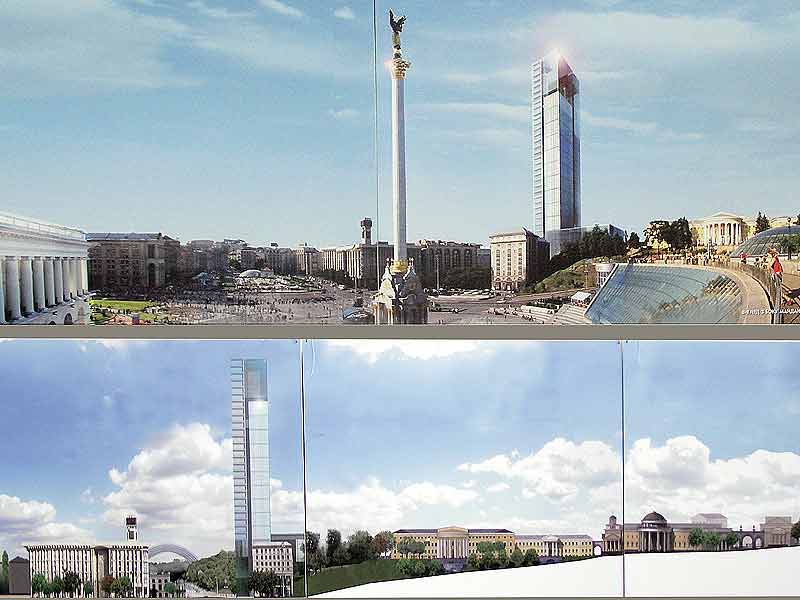
Foster's design for Kyiv. Photo: from Semyon Shirochin’s archives
Is it a good idea to choose Foster for Kharkiv?
There are no architects in Ukraine who would reach the level of Norman Foster. Neither by the size of the studio (more than 1.5 thousand employees), nor by experience, nor by achievements. He knows many influential people and can really draw the world’s attention to Ukraine as an architect and simply as a famous person.
In terms of experience, Foster is savvy at sustainable construction, which is the least harmful to the environment and human health — this is confirmed by dozens of international «green» certificates that his buildings received. If climate change doesn’t bother you much compared to the war (though it should), then you will still find the reduction of energy dependence on Russia to be very timely. During the reconstruction of the country, we will have to resort to all possible ways of making buildings energy efficient. To this end, the energy of the sun, wind and earth, natural ventilation, etc. will be used — and here Foster’s experience will come in handy.
He is one of the founders of the British community Architects Declare, whose members share similar views on environmental issues. This Briton is also a patron of the charitable organization Article 25, engaged in fostering sustainable construction in poor countries. Taking it into consideration, one may conclude that Foster is not indifferent either to people nor to the environment.
However, the architect’s commitment to combating climate change still remains highly questionable: he has been criticized for continuing to design airports as the passenger aircraft is a major origin of carbon emissions. Because of this, the Foster’s studio even left Architects Declare. But he also has many advocates saying that the decision to stay away from designing the airports will not solve the climate change issue. Foster himself said that aviation is an integral part of the modern world and does more good than harm, and that airports need to be built — but just make them more sustainable. In general, the architect pays a great deal of attention to the modern sustainable mobility, so the Mobility pavilion at last year’s Expo was designed by his studio.
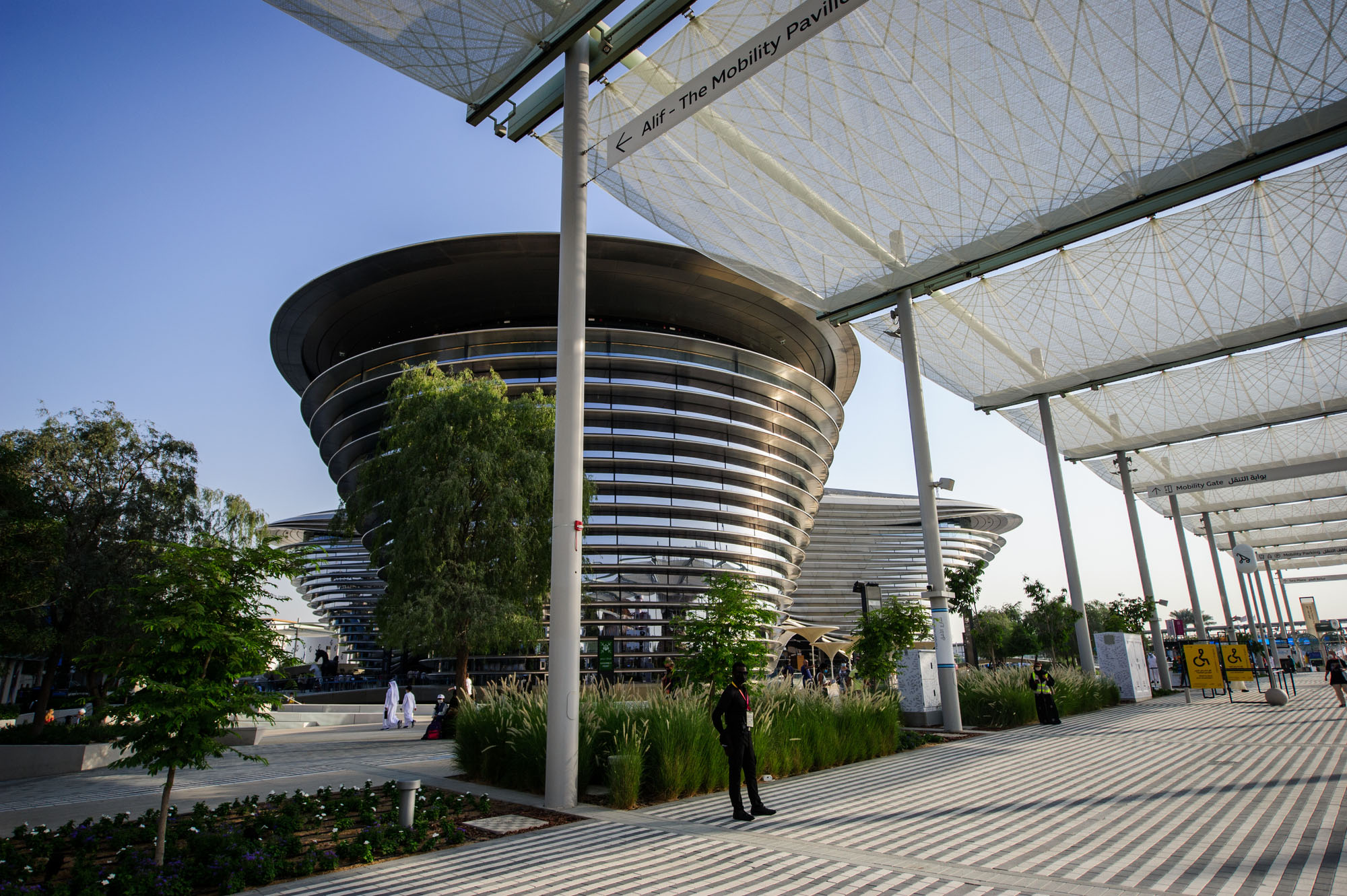
Expo 2020 Pavilion, dedicated to mobility. Photo: Depositphotos
What could go wrong?
There are strong concerns about the differences in outlook on the Kharkiv’s future between the city mayor and the team to be assembled by Foster, as well as the different attitude to which wishes of the Kharkiv leader should be implemented (according to the Foster’s statement). For example, the local authorities are already taking the tram tracks down in the city, but public electric transport is the most sustainable of all there can be. Also, Terekhov has repeatedly expressed his intention to use the historical Kharkiv
There are differences in time estimations for the project. According to Terekhov, the city can be rebuilt in two or three years, whereas in practice the number of such cases is close to zero, and even the Foster’s small urban projects take longer period of time for their implementation.
Besides, the Foster’s studio is used to working with corporations and rich oil-producing countries, designing for them large, expensive and complex buildings: Apple headquarters, airports in Kuwait and Saudi Arabia, skyscrapers in the UAE and Saudi Arabia. The approach, when the building’s sustainability is achieved through vast funding, is not suitable for the post-war Ukraine, which is about to be counting every penny.
Foster is used to designing expensive buildings for corporations and rich countries — this approach is not suitable for the post-war Ukraine, which is about to be counting every penny.
What do the Ukrainian architects think about the Foster’s participation in the reconstruction of Kharkiv?
In an interview with LB, architect Oleg Drozdov said that Foster’s participation is rather bad, because decisions will be made «from top to bottom», so the end result may be unpredictable. According to him, the main decisions about the city’s future should still be up to its residents. The alternative is a public discussion of all proposals and creation of a competition among them, with the involvement of local experts.
The local city council official statements such as “…we shall inform that the rest of the designers and architects who claim to be involved in the process of rebuilding the city, are in fact wrong” can bring us to a conclusion that it has in mind to be the sole one making decisions.
Also, during his conversation with a Lviv architect Yulian Chaplynsky, Drozdov noted that by taking a simple solution to invite a famous Western specialist, we can move from one colonizer to yet another, who will leave us with a beautiful picture — and a dysfunctional city. Chaplinsky claims that he could not himself find any Kharkiv architects with whom, according to their statements, Foster’s and Terekhov’s team allegedly works.
Architect and designer Slava Balbek told Dezeen that no decision on the city’s reconstruction should be made while the state of entire Ukraine remains uncertain and hundreds of large and small settlements are destroyed. He believes that the amount of money spent on Kharkiv’s reconstruction could help out five different villages with way more residents — which is extremely necessary now (we would, however, like to point out that five villages don’t in fact have as many residents as the city of Kharkiv with millions of residents). Balbek emphasizes the need to allocate resources across the country, not to the individual cities.
Cover photo: Mriya Hotel in Crimea. Photo: Alexey Malgavko / Sputnik / AFP
the eclectic style of the XIX century that architect Beketov was using
New and best
